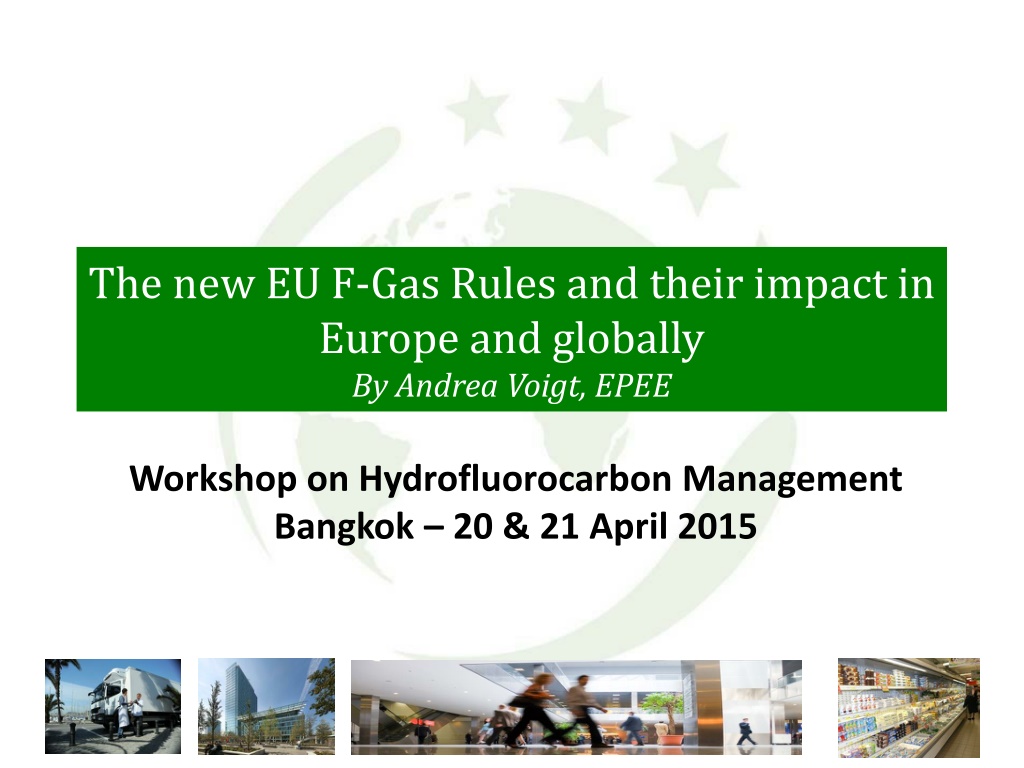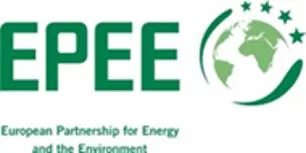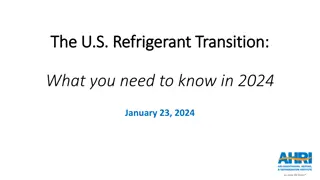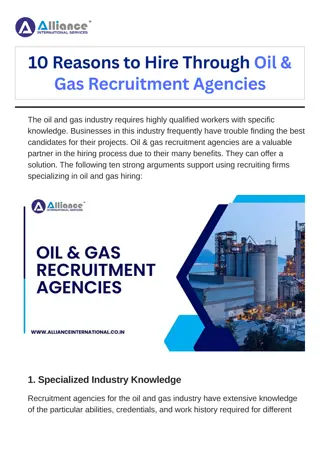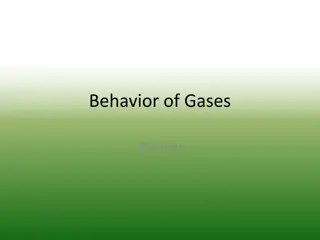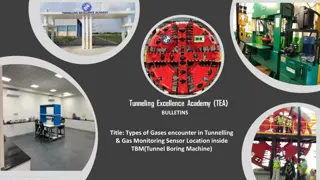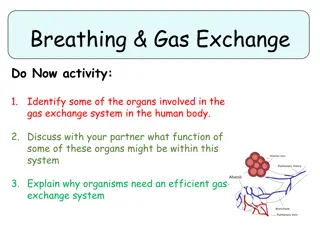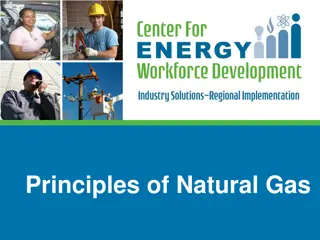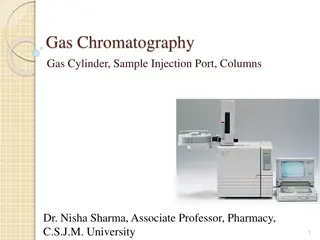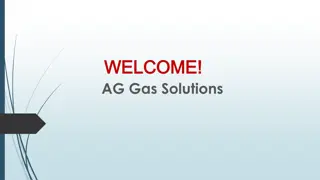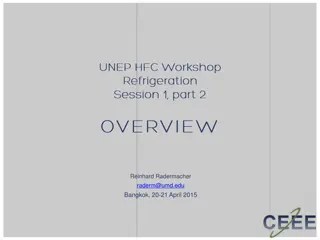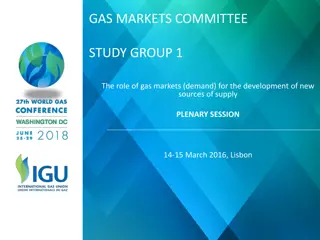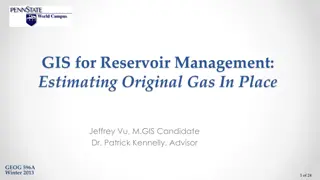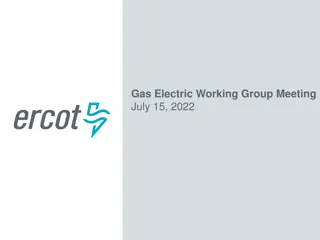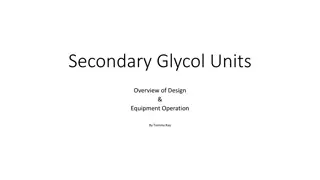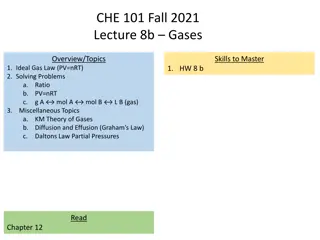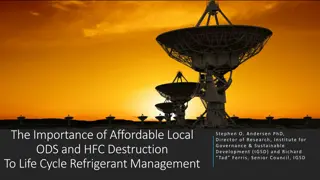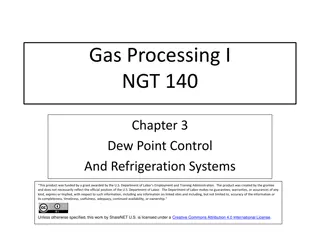Impact of EU F-Gas Rules on Refrigerant Management
The new EU F-Gas rules aim to phase down high global warming potential refrigerants in Europe, promoting the use of lower GWP alternatives. Industry welcomes the regulations but calls for a focus on energy efficiency and overcoming barriers to adopting new refrigerants. Assessments highlight the economic impact and feasibility of transitioning to more sustainable refrigerant options.
Download Presentation

Please find below an Image/Link to download the presentation.
The content on the website is provided AS IS for your information and personal use only. It may not be sold, licensed, or shared on other websites without obtaining consent from the author. Download presentation by click this link. If you encounter any issues during the download, it is possible that the publisher has removed the file from their server.
E N D
Presentation Transcript
The new EU F-Gas Rules and their impact in Europe and globally By Andrea Voigt, EPEE Workshop on Hydrofluorocarbon Management Bangkok 20 & 21 April 2015
Why a Phase-Down in Europe? Not refrigerant specific: Based on CO2-equivalent http://www.allseasonshire.eu/wp-content/uploads/2014/05/refrigerant-bottles.png Technology neutral Accelerates move towards lower GWP refrigerants Encourages containment & end- of-life recovery Promotes recycling Photo: BSRIA Fosters innovation and competitiveness yet helps to reach environmental objectives
New F-Gas Rules in Europe: Ambitious Yet Feasible 1. Industry generally welcomes the new rules Provide regulatory certainty and security for investments Drive innovation and investments in new technologies 2. Industry supports the phase-down principle Maintains flexibility and freedom of refrigerant choice 3. Industry deplores a general lack of focus on energy efficiency Life Cycle Climate Performance assessment should have received more attention 4. Barriers to the uptake of lower GWP refrigerants need to be urgently tackled. Standards, building codes, training
How Industry Assessed Feasibility: The Importance of Solid Data* 1. Market Segmentation 7 main sectors ; 43 sub-sectors. 2. Assessment of each sub-sector Market size, market growth rate, refrigerant charge, leakage rates, energy efficiency and capital cost. Evaluation of alternative refrigerants: energy efficiency, capital, operating costs and any potential barriers to use (e.g. safety legislation). 3. Modelling of different scenarios Assumption of refrigerant mix between now and 2040. Phase-down scenarios assessed vs. Business-As-Usual Assessment of economic impact in /to of CO2 SKM Enviros, Ray Gluckman et al. 2012, Phase-down of HFC consumption in the EU
Assessment of the Economic Impact /tonne CO2 saved* Domestic Refrigeration Transport Refrigeration Industrial Refrigeration Commercial Refrigeration Stationary A/C & HPs Chillers Mobile A/C 80 40 0 -40 -80 -120 Estimated average abatement cost of the EU phase-down 25 per tonne of CO2 saved* * Highest Impact Scenario (widespread use of A2L refrigerants) Source: SKM Enviros (Ray Gluckman et al., 2012)
3 Top Priorities = 75% of Consumption* Commercial Refrigeration R-404A 40% of consumption First Target in EU Various solutions available Will achieve 50% of EU emission reduction goal Stationary A/C & Heat Pumps R-410A, R-407C, (R-22) 15% of consumption Major challenge High growth rate expected Move towards (mildly) flammable refrigerants Standards, Building codes, workforce need adaptation Mobile A/C R-134a 20% of consumption Has already started EU MAC Directive drives move towards GWP<150 *Source SKM Enviros, Ray Gluckman et al. 2012: Consumption in CO2-eq. In 2010
Expected Global Impact Imports into the EU need to comply with EU F-gas rules and HFC phase-down in the EU Short-term move away from very high GWP refrigerants such as R-404A and R-507 Uptake of lower GWP refrigerants Increased use of mildly flammable and flammable refrigerants Adaptation of standards and building codes Training of the workforce Containment, end-of-life recovery and recycling
Conclusion The EU F-Gas rules will contribute to change on a global level. Also imports need to comply. Policy decisions need to be based on solid data. There is no one-size-fits-all solution: Global action needs to leave room for growth to ensure energy efficient, safe, affordable and innovative solutions. The framework conditions (standards codes training of the workforce) require adaptation Industry has solutions, experience and a solid track record
Thank you for your attention! Join us at our side-event on Thursday to discuss global action on HFCs! Contact details: EPEE 46 Avenue des Arts 1000 Brussels, Belgium email: a.voigt@epeeglobal.org Web: www.epeeglobal.org Twitter: @EPEESecretariat Linkedin: EPEE Secretariat 9
